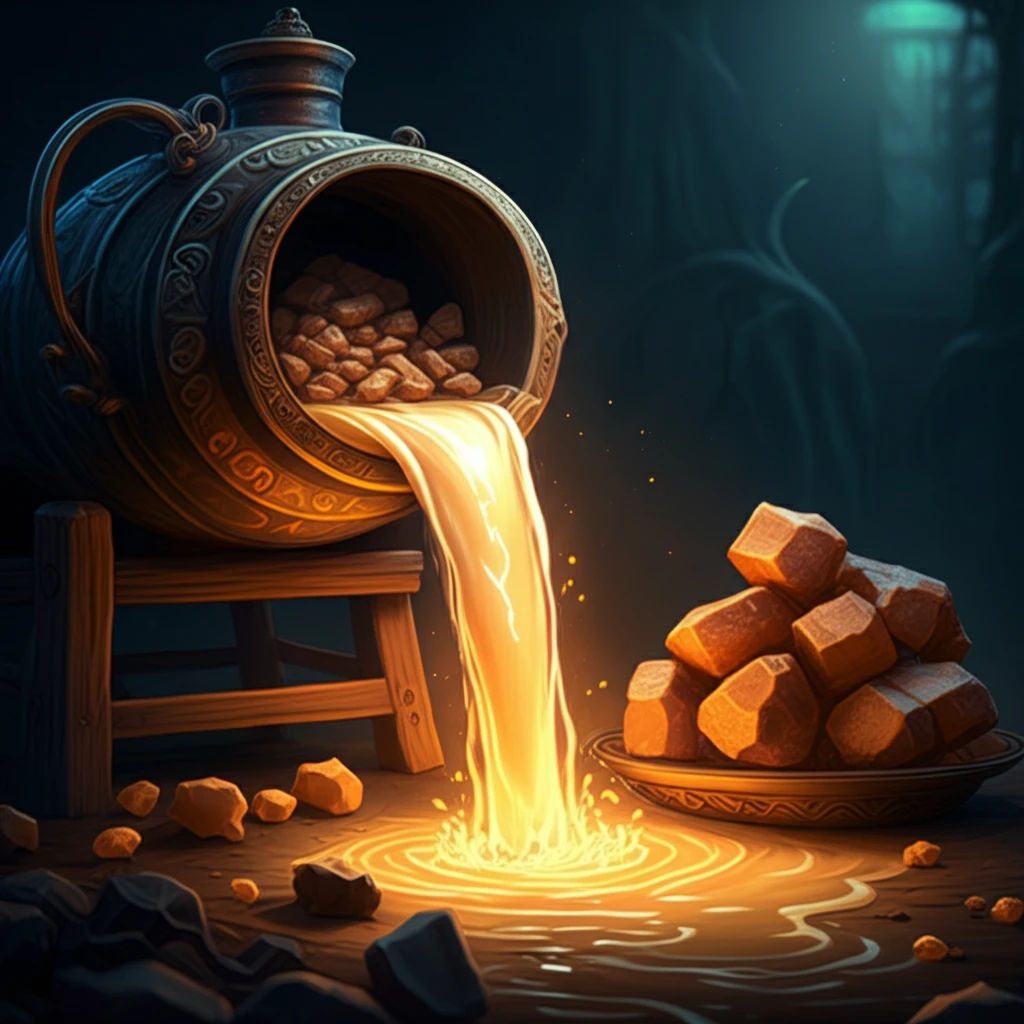
Unlock the Healing Power of Guggul: How Purification Enhances its Arthritis-Fighting Abilities
"Discover how traditional purification methods can maximize the therapeutic benefits of Guggul for arthritis relief, turning an ancient remedy into a modern solution."
For centuries, Ayurvedic medicine has harnessed the potent healing properties of Guggul, a resin derived from the Commiphora wightii tree. Celebrated for its anti-inflammatory and lipid-lowering effects, Guggul has been a cornerstone in treating various ailments, from obesity to inflammatory joint disorders. However, like many natural remedies, the crude form of Guggul can harbor impurities and potential toxins, leading to adverse side effects such as liver toxicity and gastrointestinal issues.
To mitigate these risks, traditional purification methods, known as Shodhana, have been developed to detoxify and refine Guggul, enhancing its therapeutic benefits while minimizing its harmful effects. These processes involve treating the raw resin with various natural substances, such as cow urine, milk, or water, each believed to impart unique purifying properties. The question remains, do these Shodhana processes truly unlock Guggul's full potential in treating arthritis?
Recent research has delved into this very question, comparing the anti-arthritic effects of purified Guggul with its unpurified counterpart. By examining key indicators such as paw volume, arthritic scores, and mobility, alongside hematological parameters and histopathological analysis, scientists are uncovering the secrets behind this ancient purification practice and its impact on arthritis treatment.
How Does Purification Change Guggul's Impact on Arthritis?

A study published in the International Journal of Research in Ayurveda and Pharmacy investigated the impact of Shodhana on Guggul's anti-arthritic activity in rats. Researchers induced arthritis in rats using Freund's Complete Adjuvant (FCA), a common model for studying inflammatory arthritis. The rats were then treated with either unpurified Guggul or Guggul purified using cow urine, water, or cow milk. The findings revealed significant differences in the anti-arthritic effects and safety profiles of the different Guggul preparations.
- Paw Volume: Significant reduction observed with purified Guggul, indicating decreased inflammation.
- Arthritic Score: Lower scores in purified Guggul groups, suggesting reduced joint damage.
- Mobility Score: Improved mobility in rats treated with purified Guggul, highlighting enhanced joint function.
- Hematological Parameters: Balanced WBC and RBC counts, indicative of reduced systemic inflammation.
- Liver Toxicity: Reduced liver toxicity markers in purified Guggul groups, showcasing enhanced safety.
Embrace the Wisdom of Ayurveda: Purified Guggul for Arthritis Management
The findings underscore the importance of traditional purification methods in maximizing the therapeutic potential of natural remedies like Guggul. By reducing toxicity and enhancing anti-inflammatory effects, Shodhana processes can transform raw herbs into safer, more effective treatments for chronic conditions like arthritis. As research continues to validate these ancient practices, we can look forward to a future where the wisdom of Ayurveda is integrated with modern science, offering holistic solutions for health and well-being.
